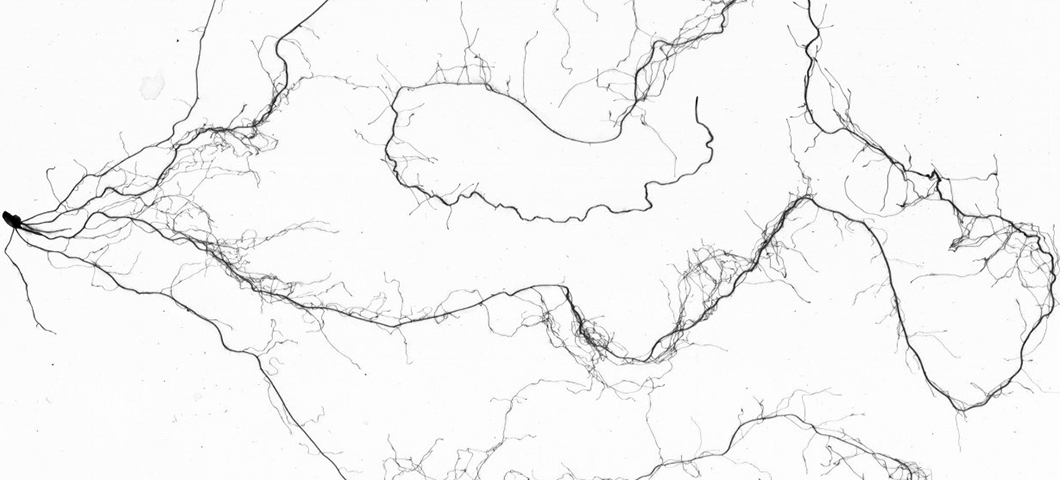Physiology and Genetics of Root Systems
Jessica Williams: PhD Candidate
Problem Statement
- Montana and other places where barley is grown have dry climates, and though barley is a fairly drought tolerant crop to begin with, these environments are projected to become even drier in coming years due to climate change. Furthermore, the driest part of the year in these places is typically during the grain-fill period of the barley life cycle. A lack of water during this crucial phase can negatively impact crop yield and quality.
Purpose
- The purpose of this study is to gain knowledge about roots that will help barley breeders develop varieties that are optimized for high yield and quality in dry environments.
Objectives
1. Identify root characteristics that are associated with the stay-green trait, higher yield, and better grain quality.
2. Identify traits measured in rapid seedling assays that are associated with the root characteristics found in objective 1.
3. Identify QTL (Quantitative Trait Loci) that are associated with the seedling traits found in objective 2.
Hypothesis
- Differences in the timing of root growth and its distribution in the soil profile will correlate with differences in stay-green, yield, quality, and traits observed in early seedling assays, and these seedling traits will correlate with certain regions of the barley genome (QTL.)
Project Description
Background:
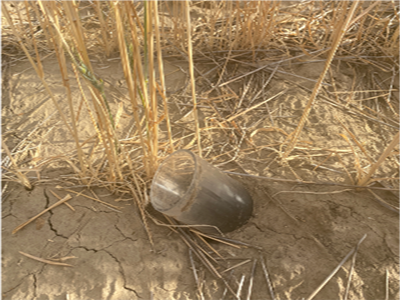
Plants that have the stay-green trait stay greener longer during the growing season. Research has shown that plants with the trait have increased yield and improved tolerance to drought and heat. How this works is not fully understood, but there is evidence of a link between stay-green and roots.
Root systems are vitally important to crop performance because they provide water, nutrients, and stability for plants. However, the fact that roots are underground makes them difficult to study and far more work has been done on the aboveground parts of plants. This means there is a lot of opportunity for crop improvement through understanding and optimizing root systems.
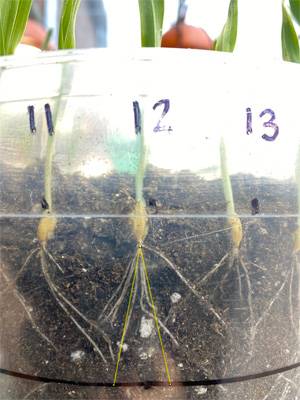 |
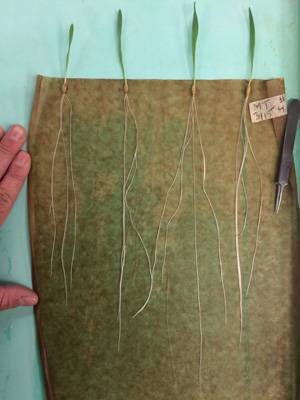 |
Approach:
- We examine roots in real field conditions at the Northern Agriculture Research Center
(NARC) in Havre, MT with the use of minirhizotrons. These are clear acrylic tubes
that we bury in the plots of different varieties of barley shortly after planting
and leave in the ground for the rest of the growing season. We insert a cylindrical
scanner into the tubes that allows us to image everything coming into contact with
them including roots. We use this method to determine total root length at four different
depths and at two different time points: at flowering and just before harvest. This
field trial includes eight lines of malt barley as well as eight lines of spring wheat
that vary for the stay-green trait. We also collect agronomic data, such as grain
yield and quality, on the same field trial, then make comparisons between that and
the root data.
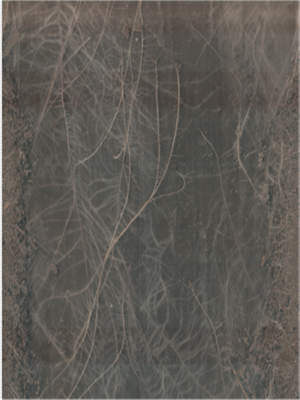
- Studying roots in the field is very time consuming, so we do rapid seedling assays in the greenhouse using the same lines from the field study. If traits from these assays correlate with root traits that appear beneficial for crop performance in the field study, then breeders could use them to select for root traits without the challenge of examining roots in the field. The Clear Pot assay allows us to examine seedling roots by growing them up against the sides of clear pots. The Root Roll-Up assay involves growing seedlings in rolls of germination paper so that we can easily remove and study them at the one-leaf growth stage. In the PVC Pot assay, we grow seedlings in a clay substrate in sections of PVC pipe so that we can easily remove and study the roots at the four-leaf growth stage.
- To better understand the genetics of roots and stay-green, we developed a biparental mapping population that varies for stay-green. This a collection of 168 sibling lines resulting from a cross between a stay-green line and a non-stay-green line. We collect data on this population with the greenhouse seedling assays as well as agronomic field trials at NARC and the Post Farm in Bozeman. We have also obtained genotyping data on this population. Comparing the genetics of this population to the traits we observe in the field and greenhouse should allow us to find regions of the barley genome (QTL) that are important for stay-green and roots. This is a first step towards developing genetic markers that would allow breeders to select for root traits through genetic screening, not having to do any greenhouse assays or field trials.
- Putting this knowledge about what root traits are beneficial and how to efficiently screen for them in the hands of barley breeders will hopefully lead to the development of barley varieties that are uniquely adapted to have better yield and quality in dry conditions.

